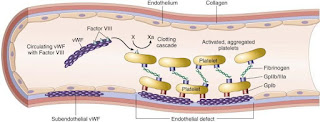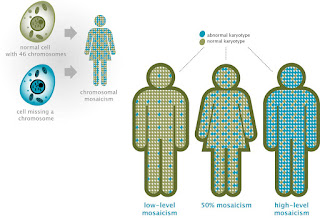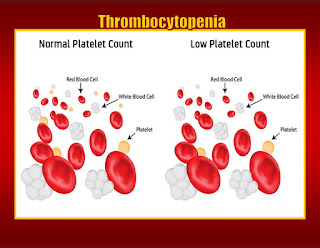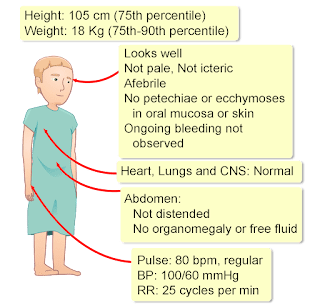Pregnancy Glossary: A to Z Guide to Pregnancy Terminology

congenital von willebrand's disease :: Article Creator Congenital Von Willebrand - Bing News Figure 1. Figure 1. Biosynthesis and Function of von Willebrand Factor. Von Willebrand's disease is the most common inherited bleeding disorder and has an autosomal inheritance pattern. To help diagnose von Willebrand disease or other bleeding disorders, a doctor will request various blood tests. These tests will measure the presence and activity of certain substances in the blood. Available Stat? No. Description The von Willebrand factor antigen assay is used to diagnose von Willebrand disease as it measures plasma von Willebrand factor concentration. When used in combination ... Congenital thrombotic thrombocytopenic purpura (cTTP) results from a deficiency in ADAMTS13 (A disintegrin and metalloproteinase with thrombospondin motifs 13), a von Willebrand factor (VWF ... VWD is caused by inheritance of abnormal gene that con



